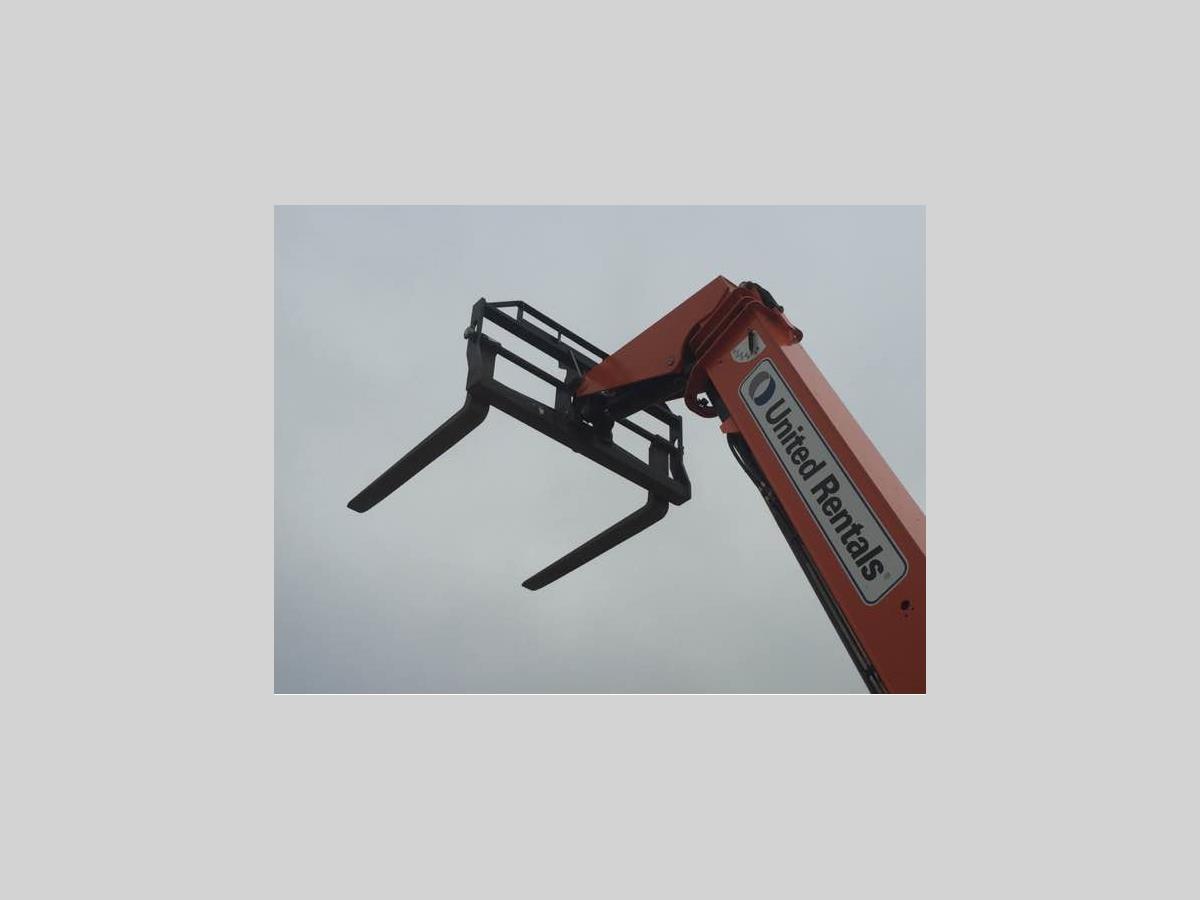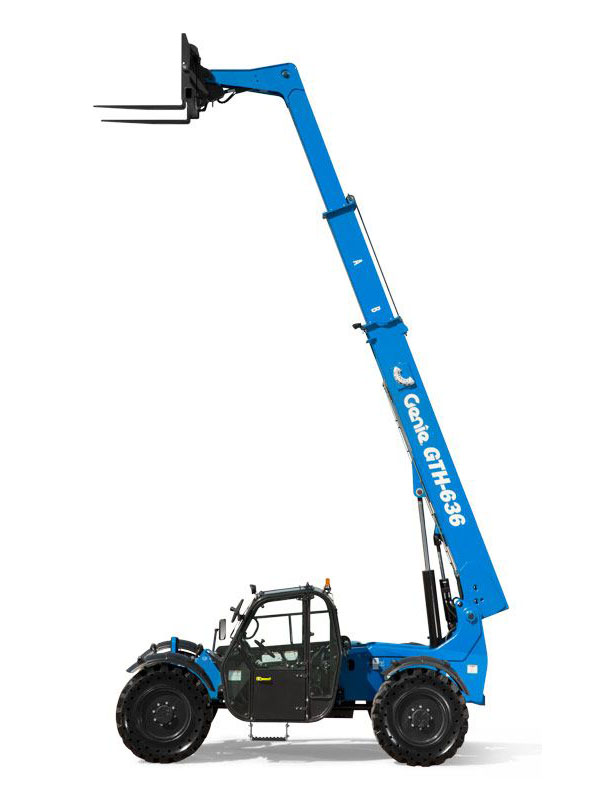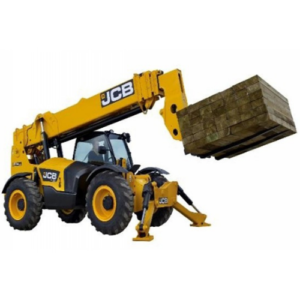- Max Forward Reach. Max Load At Max Reach. Max Load At Max Height. Max Lift Capacity. Telescopic Forklift- TEXAS, USA. 2013 JLG G12-55A 12000 lb Telehandler, Telescopic Forklift- VIRGINIA, USA. 2012 JLG G1255A 12000 Lb.
- The High Mobility Variable Reach Truck, or HMVRT, was developed by JCB. This all-terrain forklift was intended to meet the ATLAS 2 requirement of the US Army. Eventually the US Army selected a forklift, developed by JLG. However the JCB all-terrain forklift was selected by the British armed forces.
- With outstanding design and performance, Genie ® GTH™ telehandlers provide all-around utility to answer virtually all your work site needs. Available in six power-packed models, Genie telehandlers offer exactly what you need for productivity in limited-access areas or applications where high reach is needed.
- Variable data; Screen printing; Graphic overlays; To get started, use our online customizers. Or, work with our team through a guided, hands-on approach by reaching out at 1-844-829-1299 or compliance@clarionsafety.com.

Model Number and Equipment Name. The 6KVRRTFL, 6000 lb. Variable Reach Rough Terrain Forklift Truck is equipped with a Multiple Launch Rocket System (MLRS) lifting tool. Purpose of Equipment. The 6KVRRTFL is designed for loading and unloading Multiple Launch Rocket System (MLRS) pods and other munitions from transport vehicles and containers.
This course is available in both an instructor-monitored format and ONLINE format. For the ONLINE format select:
• Powered Mobile Equipment Operator – Alberta
• Mobile Equipment Operator with Mobile Elevated Work Platform – British Columbia
Note: This course has a practical component. You can call us at 780-469-4887 to book your practical evaluation and skills assessment.
A Variable Reach Lift Truck (VRLT) is a Class VII Rough Terrain Lift Truck and is sometimes referred to as a Telescopic Handler, Telehandler or Zoom Boom.

Variable Reach Lift Truck Powered Mobile Equipment (PME) training courses provided by Western Canada Fire & First Aid follow the guidelines and principles outlined in Part 19 of the Alberta Occupational Health and Safety Code as well as those established by the Canadian Standards Association and recommendations by the Canadian Centre for Occupational Health and Safety (CCOHS). The PME programs cover the basic knowledge and skill requirements for the safe operation of the equipment and their attachments.


Training is offered at Western Canada Fire & First Aid’s training center in Edmonton, Alberta or onsite at your location with a minimum number of students. Courses can be customized to meet the requirements necessary to operate specific equipment. Please contact us for more details.
Variable Reach Forklift
Skilled Operator Certification
The skilled VRLT operator is one who has at least 100 hours of recent experience on a VRLT. This course is intended for experienced operators requiring certification in order to meet their legislative requirements. The focus of the program is to ensure the operator understands the basic knowledge and skills necessary to operate the VRLT in a safe manner.
Variable Reach Forklift Specs
New Operator Training
Western Canada Fire & First Aid considers a new operator as one who does not have at least 100 hours of recent experience operating a VRLT. This course is intended to give a new operator the basic knowledge and skills necessary to operate the VRLT in a safe manner. In addition to the theory portion, this one-day course offers approximately 4 hours of practical experience using the VRLT. It prepares the new operator to successfully complete the requirements necessary to be certified as a VRLT operator.
Genie Gth636 6 000lb Variable Reach Forklift
OSHA requirements are set by statute, standards and regulations. Our interpretation letters explain these requirements and how they apply to particular circumstances, but they cannot create additional employer obligations. This letter constitutes OSHA's interpretation of the requirements discussed. Note that our enforcement guidance may be affected by changes to OSHA rules. Also, from time to time we update our guidance in response to new information. To keep apprised of such developments, you can consult OSHA's website at https://www.osha.gov.
United Rentals Forklift Rates
June 21, 2012
The Honorable Jeff Miller
4300 Bayou Blvd, Suite 13
Pensacola, FL 32503
Dear Congressman Miller:
Thank you for your correspondence to the Department of Labor's Occupational Safety and Health Administration (OSHA) regarding the use of forklifts for construction activities. I appreciate the opportunity to respond to you and your constituents.
In your inquiry, you forward a copy of an ASK OSHA e-correspondence submitted to OSHA on November 4, 2011, from your constituent Mr. Keith Raffield. I appreciate your patience, as the process for achieving resolution to very complex compliance issues can be lengthy. Among several other major issues in the construction industry, OSHA has been in the process of responding to many interpretative inquiries such as this one regarding the scope and application of our final rule for Cranes and Derricks in Construction.
In his inquiry, Mr. Raffield asks OSHA the following question:
Can I, as a forklift (not a crane operator) operator, use a designated forklift boom that has a hook on it as long as it meets the load requirements?
OSHA's response to Mr. Raffield's inquiry depends upon not only the original design of the forklift that is used, but also the design of the boom attachment and how the forklift and boom are operated together to move the load. We recognize that our ASK OSHA webpage was not designed to provide for the submission of attachments with inquiries from the public, therefore the picture and description of the forklift in question that was provided with your inquiry was very helpful for making this determination.
Equipment that is designed to function as both a crane and a forklift would be considered multi-purpose equipment and covered by the crane standard when configured, and operated as, a crane. However, Mr. Raffield submitted a picture of, and information about, a typical vertical mast forklift with a variable length boom attachment that uses slings or a rope to hoist and move a suspended load. This type of forklift described was designed by the manufacturer to lift palletized loads or those that can be safely handled and supported by the forks of the equipment. The described configuration of a forklift, unlike a crane or derrick, can only provide powered horizontal and vertical movement of the suspended load by both driving the forklift horizontally in addition to moving its mast and forks. Although the described boom attachment extends the reach of the forks, it was not designed to provide powered horizontal and vertical movement of the load. This forklift configured with the described boom attachment is not covered by the cranes standard.
OSHA will continue to work with the industry and plans to issue responses to over 30 frequently asked questions to clarify requirements regarding the application of the Cranes and Derricks in Construction standard. I hope you have found this letter helpful and informative. If you have any additional questions, please contact Laura de la Torre in the Office of Congressional and Intergovernmental Affairs at (202) 693-4600.
Sincerely,
David Michaels, PhD, MPH
cc: Cong. Jeff Miller, Washington, DC Office





